Lessons from Tesla's Dojo Disbandment: Even Elon Musk Gives Up on 'Making Chips'
![]() 08/15 2025
08/15 2025
![]() 423
423
Elon Musk personally confirmed market rumors on social media: Tesla has officially disbanded its ambitious internal Dojo supercomputer team. This project, launched in 2019 with Tesla's dream of achieving 'independent' AI computing power, has come to an end after countless efforts by top engineers and billions of dollars in funding.
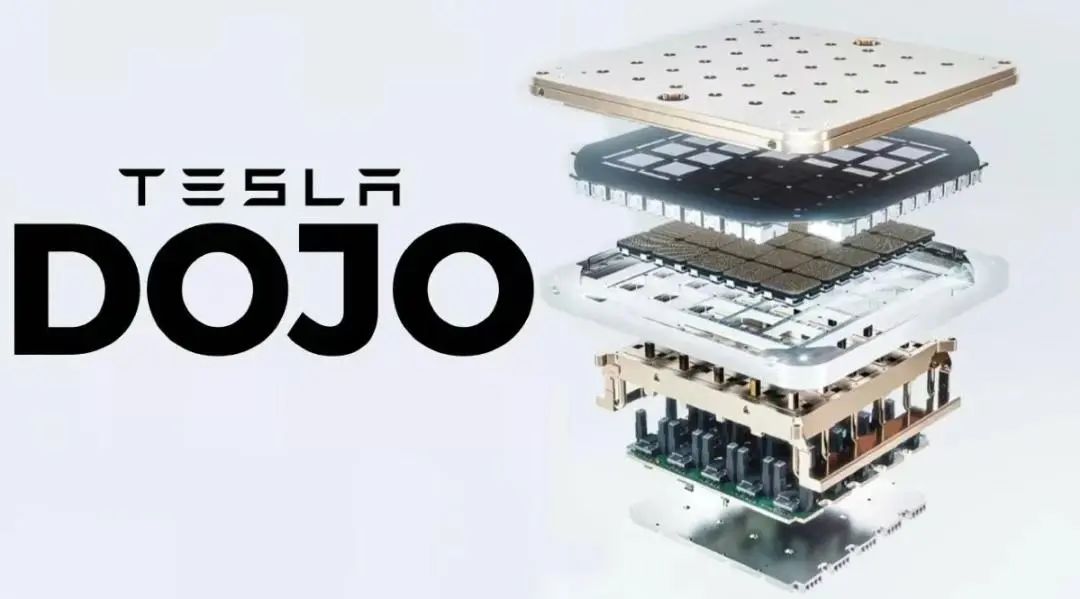
Musk's concise explanation highlighted the fierce internal resource competition: "It is 'unreasonable' to allocate resources to simultaneously develop Dojo training chips and AI5/AI6 inference chips."
This decision was accompanied by the resignation of Dojo project leader Peter Bannon, a veteran chip designer, and about 20 core engineers who joined DensityAI, a startup founded by former Tesla AI leader Ganesh Venkataramanan. The remaining team members were reassigned to more urgent business lines, such as autonomous driving hardware, Robotaxi, and humanoid robots (Optimus).
This move sparked numerous market speculations: Has Tesla's technology roadmap hit a bottleneck? Where will its AI strategy go? For the general public relying on public information, the answers remain vague and unclear.
However, for investors and entrepreneurs who need to make critical decisions, understanding the true motivations behind this event is crucial. This is where Silicon Rabbit excels—deeply rooted in Silicon Valley, we connect the key figures driving industry changes, providing you with first-hand insights beyond public reports. Therefore, we promptly conducted a closed-door discussion with our expert team post-event and compiled exclusive viewpoints for investors.
How will Tesla restructure amidst this changing landscape? Behind this decision, is it due to technological helplessness, financial pressure, or strategic considerations of a higher dimension? Let's delve into it together.

The Triple Dilemma of Dojo
The demise of Dojo was not an accident but an inevitable outcome of multiple intertwined factors.
1. Conflicts in Technology Roadmaps and R&D Stagnation
Dojo's original intention was grand: to create an AI training 'monster' specifically designed to process vast amounts of video data.
However, since the release of the D1 chip in 2021, the Dojo project fell into a long-term technological bottleneck. According to various reports, the Dojo2 chip launched in 2025 did not meet internal expectations and faced severe mass production challenges.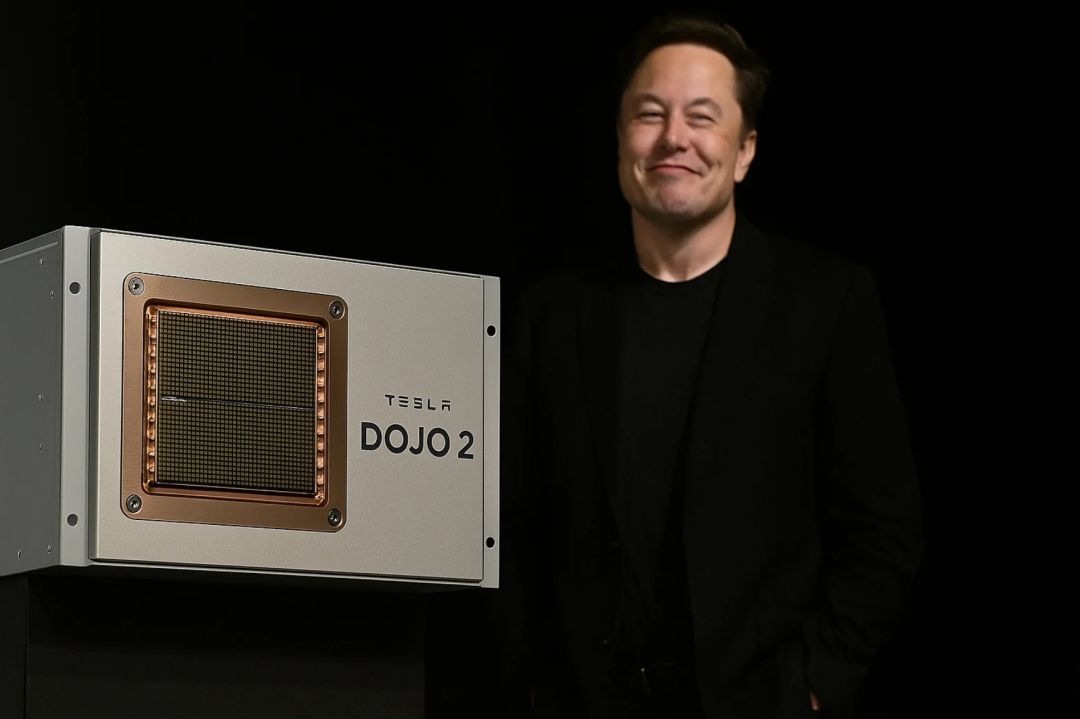
Meanwhile, Tesla's other chip front—the in-vehicle inference chip—has been progressing rapidly. The new-generation AI5 chip has successfully entered mass production, adopting the industry-leading TSMC 3nm process with a staggering 2500 TOPS of computing power, a full five times the improvement over the previous generation and even surpassing NVIDIA's flagship chip Thor-X (2000 TOPS) designed for autonomous driving.
Musk himself acknowledged that the AI5/AI6 chips excel not only in core inference tasks but also reach industry-leading standards in training performance.
This created an awkward situation: Dojo's functionality overlapped significantly with the new-generation inference chips, and continued investment would be akin to 'internal fighting', resulting in a waste of valuable engineering resources.
2. Financial Pressure: 'Cutting Off an Arm to Survive'
Chipmaking is inherently a 'money-burning' game. Tesla's capital expenditure for fiscal year 2025 is expected to exceed $9 billion, with AI-related investments dominating. As an independent supercomputing ecosystem, the Dojo project required billions of dollars annually to maintain R&D, tape-out, and operations, but its output failed to match such a huge investment.
During a recent earnings call, Musk admitted that Tesla is in a critical 'transition period' and needs to navigate severe challenges in the coming quarters.
Against this backdrop, cutting off the high-input, low-output Dojo project that already has alternative solutions, and concentrating funds and talent on more commercially certain autonomous driving and robotics projects, is undoubtedly a rational and even necessary 'cutting off an arm to survive' strategy.
3. The Rise of Cortex Cluster: A Superior Alternative
The final straw that broke Dojo's back was the strong rise of its internal replacement—the Cortex supercomputer cluster.
Since 2024, Tesla has gradually replaced Dojo with the Cortex cluster. Cortex 2.0, being accelerated in the Texas Gigafactory, is expected to be officially operational by the end of 2025. Instead of choosing the difficult path of in-house development, it directly adopted the most powerful commercial solution on the market—NVIDIA's H100 GPU.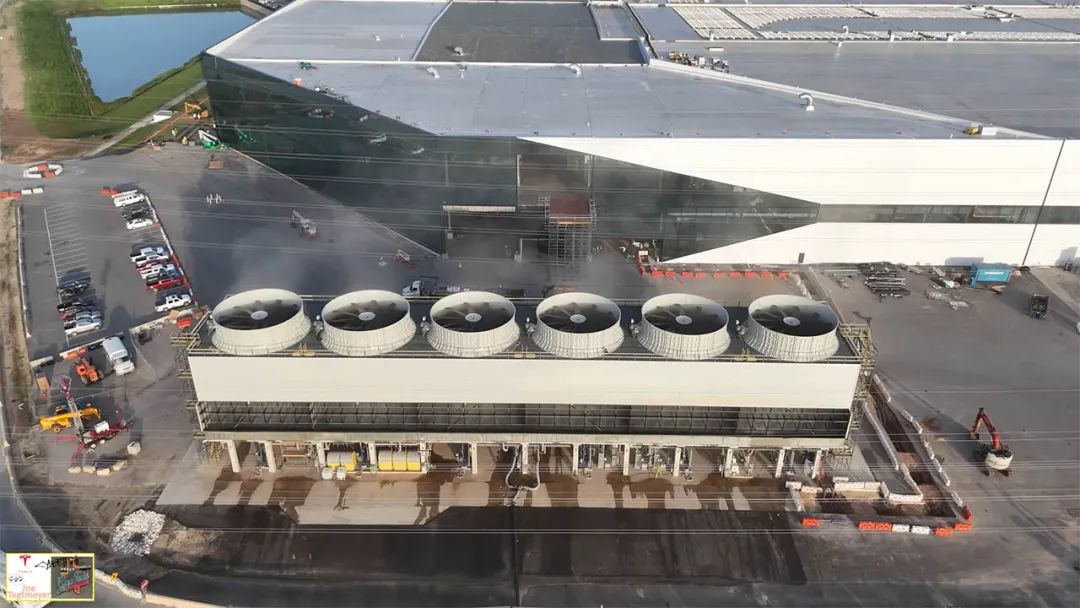
Currently, Tesla has deployed about 50,000 H100 GPUs and plans to increase this number to 100,000. This massive computing power cluster, designed to process vast amounts of visual data, is said to have several times the training efficiency of Dojo and already handles 5%-10% of Tesla's autonomous driving data processing tasks. In the future, it will become the core engine driving the 'dynamic duo' of Robotaxi and Optimus humanoid robots.
When a more powerful, efficient, and mature alternative emerged, Dojo's fate was sealed.

Power Restructuring and Industry Ripples
Any major strategic adjustment is accompanied by profound personnel changes and organizational restructuring, deeply impacting the entire industry landscape.
1. Loss of Core Talent and Internal Power Restructuring
The dissolution of Dojo inevitably led to the loss of core talent. DensityAI, founded by former Dojo project leader Ganesh Venkataramanan, successfully attracted about 20 technical backbone members with their strong Tesla background. Its co-founders include former Tesla executives like Bill Chang and Ben Floering. This startup, which will focus on the development of AI data center chips and hardware, will undoubtedly become a formidable new force in the market.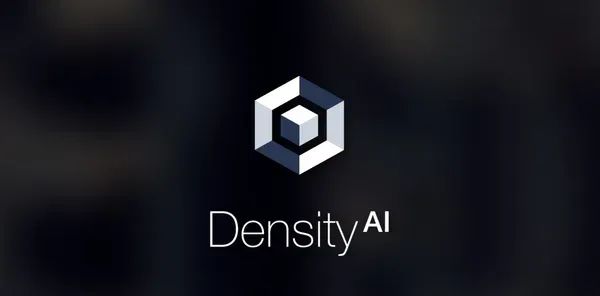
Within Tesla, a power restructuring around AI business has also been completed. Ashok Elluswamy was promoted to Vice President of AI Software, taking full charge of the two core projects of Robotaxi and Optimus; Aaron Rodgers continues to lead the highly successful AI5 chip development; and Silvio Brugada took over the crucial firmware team. This marks a shift in Tesla's AI strategy from past 'multi-point blooming' to highly 'centralized management'.
2. Subtle Changes in Industry Competitive Landscape
Abandoning Dojo may seem to weaken Tesla's autonomy in the chip field in the short term, but in the long term, it could be a clever move of 'retreating to advance'. By fully embracing the Cortex cluster and continuously iterating the AI5/AI6 chips, Tesla still firmly holds the leading position in autonomous driving training efficiency and edge inference performance.
Once, Morgan Stanley predicted that if Dojo succeeded, it could bring up to $500 billion in market value growth to Tesla. Nowadays, market expectations are shifting from the 'black technology' story of Dojo to the more commercially promising Cortex computing power services and the large-scale deployment of Robotaxi.
However, competitors in the field have not rested. Waymo still maintains a first-mover advantage in the Robotaxi sector, and Chinese vendors represented by Baidu are also accelerating their layouts. Tesla's strategic adjustment is a necessary move to survive and win amidst increasingly fierce global competition.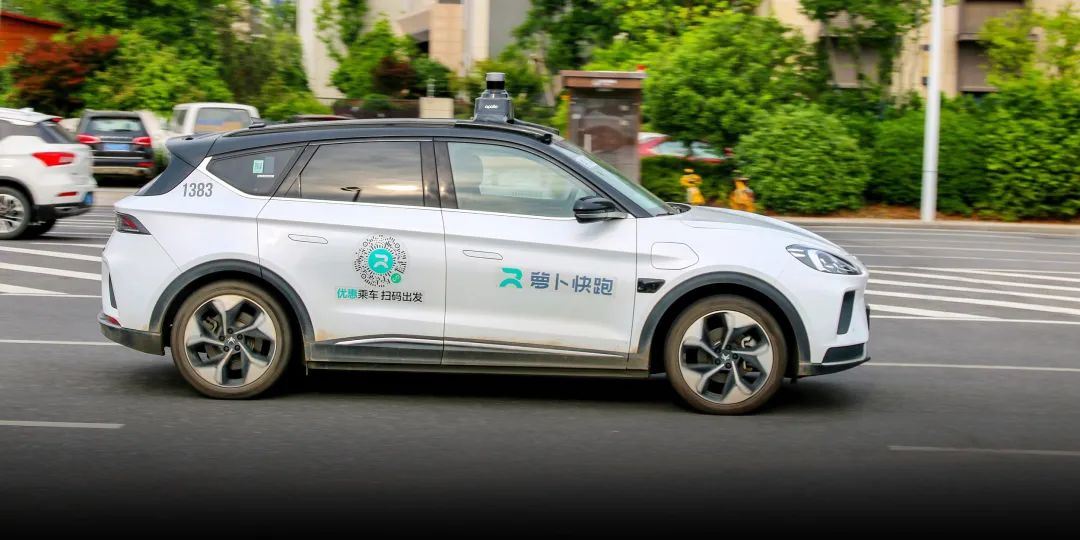

Future Prospects and Unresolved Puzzles
Although Tesla's new AI blueprint has been unveiled, the road ahead is still fraught with uncertainties and controversies.
Suspense in Technology Roadmap:
Musk left a hint in his public response, suggesting that Dojo might be reborn in the form of a 'motherboard integrating a large number of AI6 SoCs,' dubbed 'Dojo 3.' However, analysts generally believe that this solution needs to solve extremely complex engineering challenges such as heat dissipation and power consumption, and its feasibility remains questionable.
Regulatory and Legal Overhang:
The National Highway Traffic Safety Administration (NHTSA) is still investigating Tesla's autonomous driving system. Meanwhile, a Florida court recently ruled that Tesla must bear 33% responsibility for a 2019 Autopilot fatal accident and pay $243 million in compensation. These events undoubtedly cast a shadow over the promotion of FSD and Robotaxi.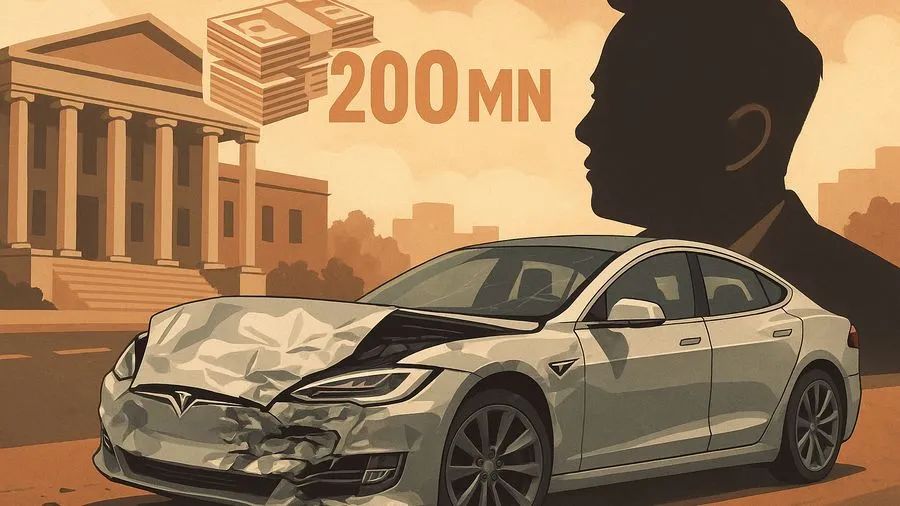
Capital Market Crossroads:
As of August 14, 2025, Tesla's share price closed at $335.58, with a market value of $1.08 trillion. The market's reaction to the dissolution of Dojo is clearly divided: In the short term, investors are concerned about the loss of core talent and strategic swing; but in the long term, more people are optimistic about the commercialization potential brought by the Cortex and AI5/AI6 chip combination.
However, what public information can tell us is limited. The real decision-making logic often lies beyond the footnotes of financial reports and the lines of press releases. To truly understand the deep context of this change, we need to answer more questions:
What kind of game did the technical team and management experience within the Dojo project?
What are the details of Tesla's cooperation with NVIDIA and Samsung?
How will this new type of cooperation affect the global semiconductor supply chain?
How will the talent lost from Dojo catalyze the landscape of AI chip startups?
As investors or enterprises in the industry chain, how should we reassess the risks and opportunities in the autonomous driving and AI hardware sector based on these deep insights?
The answers to these questions cannot be found in any public reports. They exist in the minds of those industry insiders who have personally experienced everything.

Elon Musk's 'tough choices' are a microcosm of this era of accelerated change. At every uncertain crossroads, choosing to walk with those who truly know the industry can turn uncertainties into opportunities.








